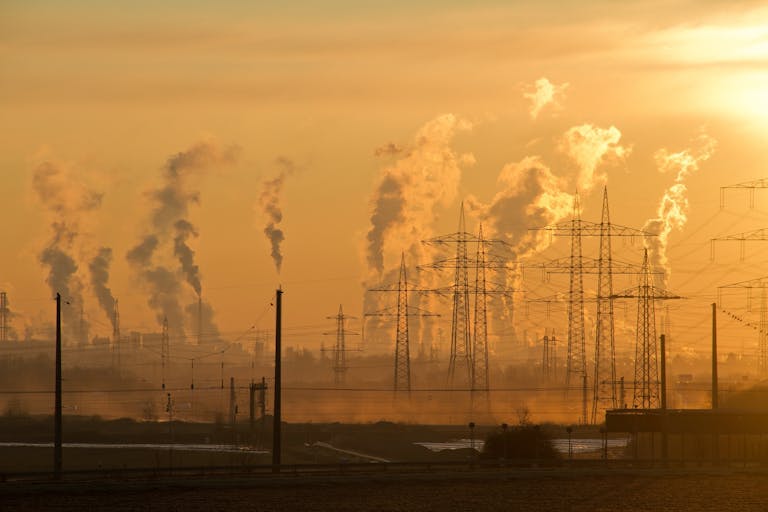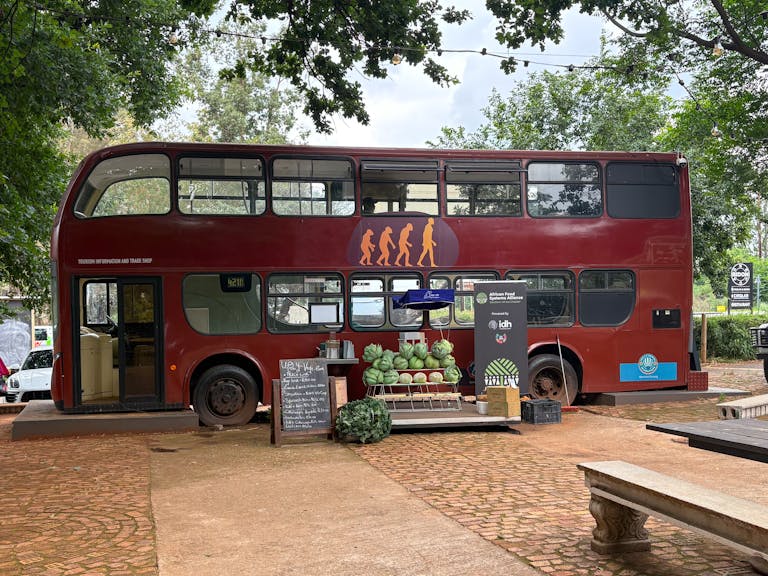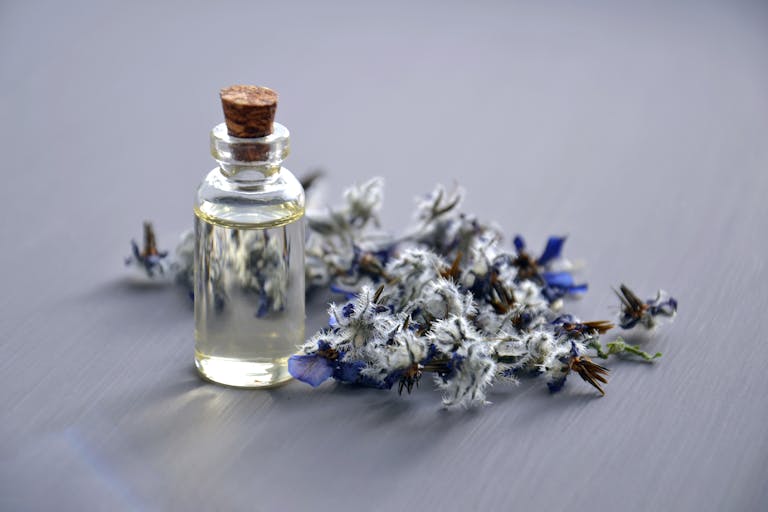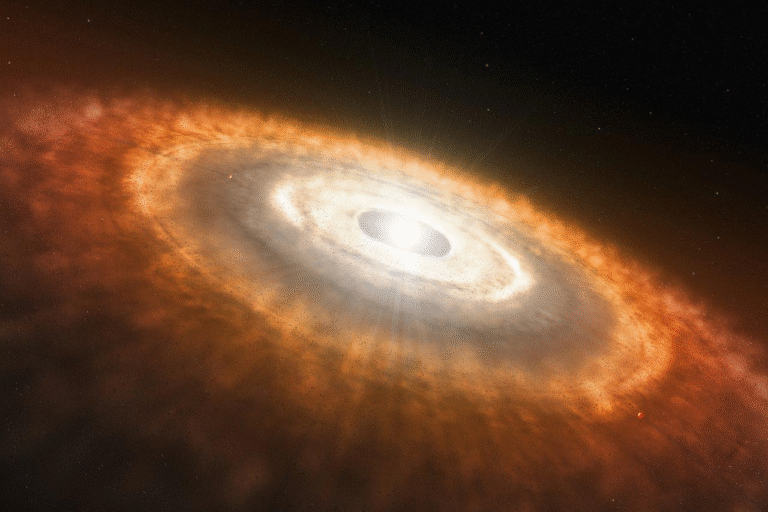Harvard Scientists Discover a Sustainable Way to Recycle Hair, Wool, and Feathers
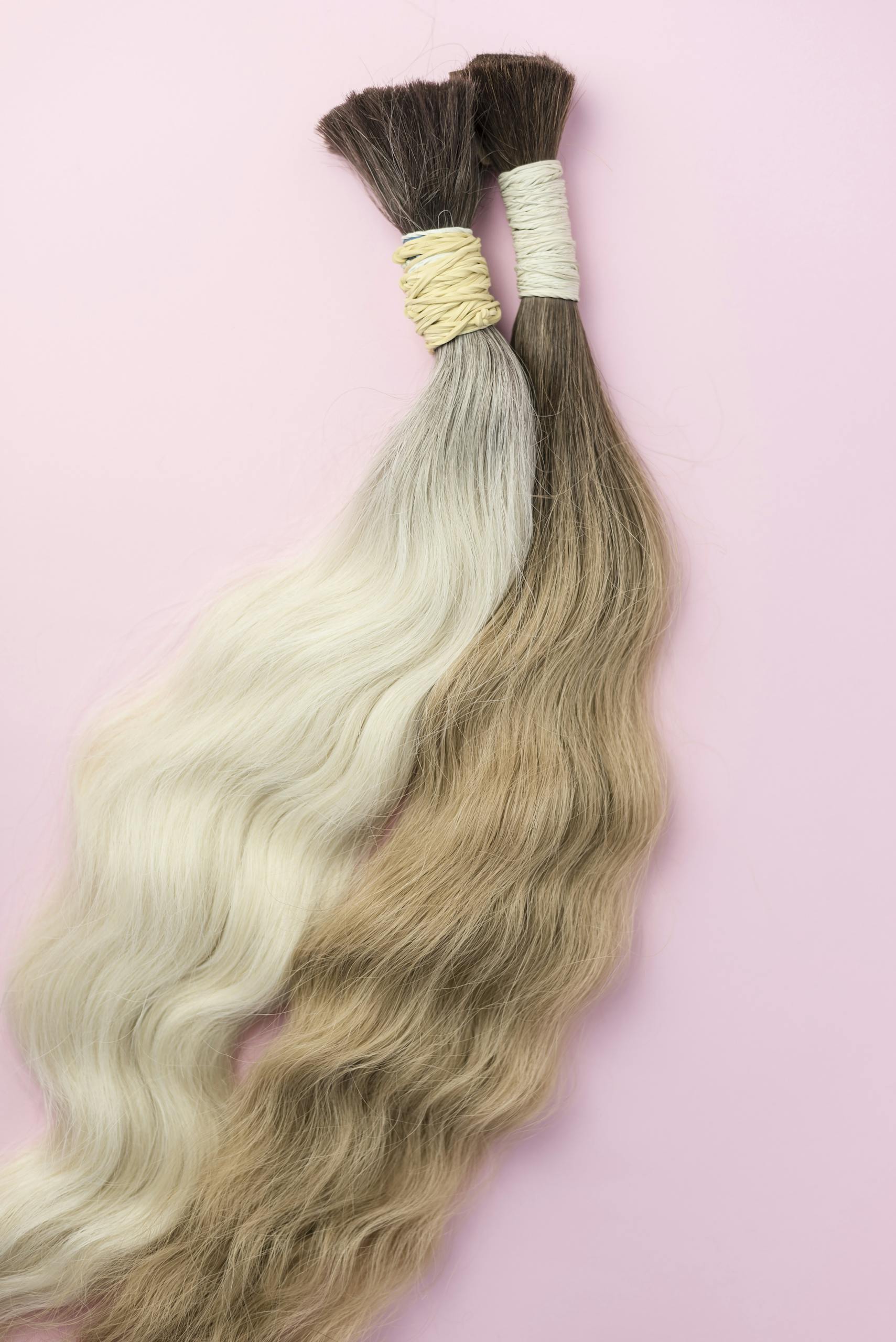
Every year, the textile and meat industries generate billions of tons of waste in the form of feathers, wool, and hair. All of these materials are rich in keratin, the tough protein that makes up hair, nails, and skin.
While keratin could be turned into valuable products like wound dressings, eco-friendly textiles, health extracts, or even alternatives to plastics, one big problem has held back progress: breaking down keratin usually requires harsh, corrosive chemicals and energy-intensive processes.
Now, researchers from the Harvard John A. Paulson School of Engineering and Applied Sciences (SEAS) have developed a new, sustainable method to extract and recycle keratin without relying on polluting chemicals.
Their work has been published in Nature Communications on 26 July 2025, under the title Entropy-driven denaturation enables sustainable protein regeneration through rapid gel-solid transition.
The Key Discovery: It’s All About the Water
The research team, led by Kevin Kit Parker (Tarr Family Professor of Bioengineering and Applied Physics), worked with graduate student Yichong Wang, molecular biophysicist Eugene I. Shakhnovich, and several co-authors. They investigated how keratin unfolds in the presence of certain salts, focusing on lithium bromide (LiBr), a salt known to break apart keratin.
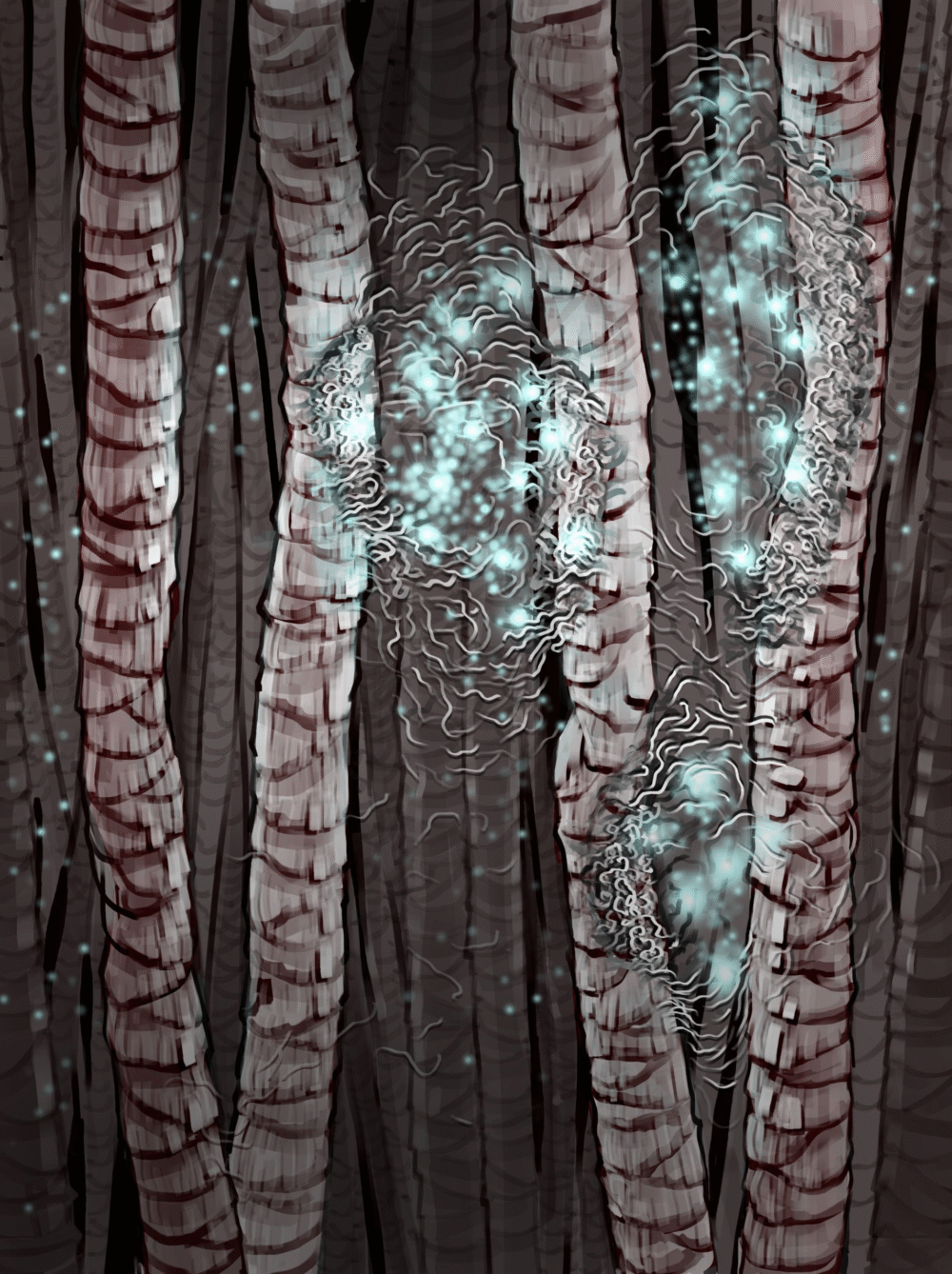
Conventional wisdom assumed that salts like LiBr directly bind to proteins to force them apart. But the Harvard team found something surprising. Using lab experiments and molecular dynamics simulations, they showed that LiBr doesn’t work directly on the proteins at all. Instead, it changes the structure of surrounding water molecules.
Here’s how: LiBr ions create two populations of water. Some water molecules get trapped by the ions, while the rest remain “normal.” With less free bulk water available, the proteins naturally unfold due to a thermodynamic shift, not because they’re being ripped apart. In short, making the water less like water allows the proteins to unfold themselves.
A Closed-Loop Recycling Process
This insight allowed the researchers to design a gentler keratin extraction process. By dissolving keratin waste in concentrated LiBr, the material spontaneously forms a condensed gel. When placed back in water, the gel solidifies almost instantly.
The best part? The same salt solution can be recovered and reused. Once keratin separates as a gel, the LiBr mixture remains intact and ready for another cycle. This creates a closed-loop recycling system, making the process efficient, low-waste, and environmentally friendly.
Why This Matters
The keratin gel produced through this method has impressive properties. It is shear-thinning, meaning it flows when pressure is applied but quickly solidifies when released. This makes it perfect for extrusion, molding, film casting, fiber spinning, and even 3D printing. In other words, keratin waste from wool, feathers, or hair could become a versatile base material for an entire new industry of sustainable products.
The Parker lab has been exploring keratin biomaterials with shape memory for years, especially for biomedical applications. Having a reliable and eco-friendly way to extract keratin not only strengthens their research but also opens doors to large-scale protein-upcycling industries.
This process could transform massive waste streams into low-cost alternatives to plastics, sustainable textiles, or biomedical materials. It’s a practical step toward building a circular economy around protein-rich waste.
Broader Support and Context
The project received support from several major institutions, including:
- National Institutes of Health (R35GM139571 and R01EY030444)
- National Science Foundation through Harvard’s Materials Research Science and Engineering Center (DMR-2011764)
- Health@InnoHK program under Hong Kong’s Innovation and Technology Commission
- Medical and Health Informatics Laboratories at NTT Research, Inc.
The researchers have also filed a patent (PCT application no. US2025/032176, filed 4 June 2025) covering their entropy-driven denaturation method and sustainable regeneration system.
The team emphasized that their discovery could extend beyond keratin. Since they observed similar results with simpler proteins like fibronectin, the mechanism may represent a universal principle for protein recycling.
Conclusion
This study provides not just a new method for breaking down keratin waste but a new way of thinking about protein unfolding altogether. By shifting the focus from the proteins to the water around them, the Harvard team has uncovered a cleaner, more sustainable pathway to reuse billions of tons of biological waste.
If successful on an industrial scale, this process could reduce waste, cut reliance on plastics, and fuel an emerging biomaterials industry based on recycled proteins.
TL;DR
Harvard researchers discovered that lithium bromide unfolds keratin by altering water molecules, not proteins. This enables a closed-loop recycling process turning hair, feathers, and wool into usable biomaterials for textiles, plastics alternatives, and medicine—without harsh chemicals.
Research Paper: Entropy-driven denaturation enables sustainable protein regeneration through rapid gel-solid transition

